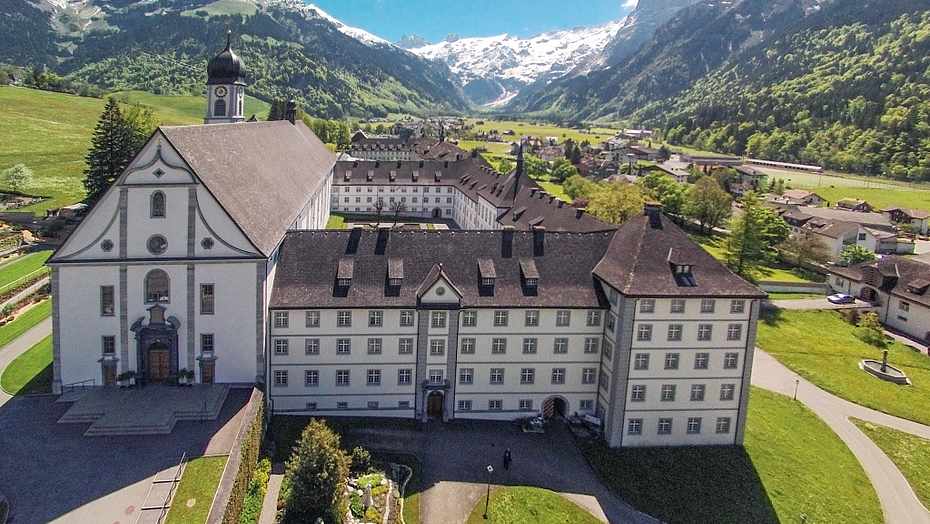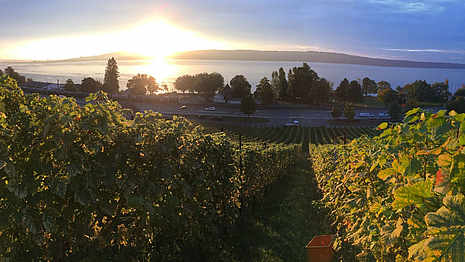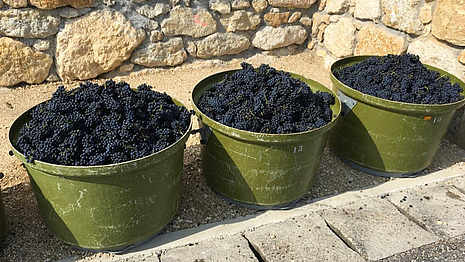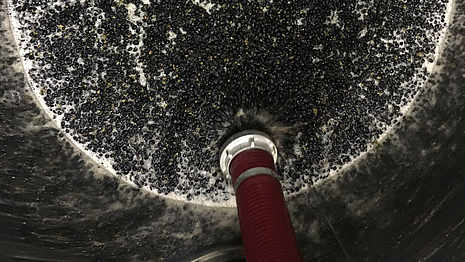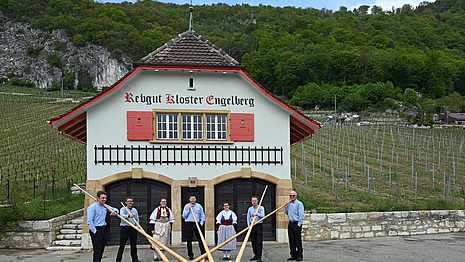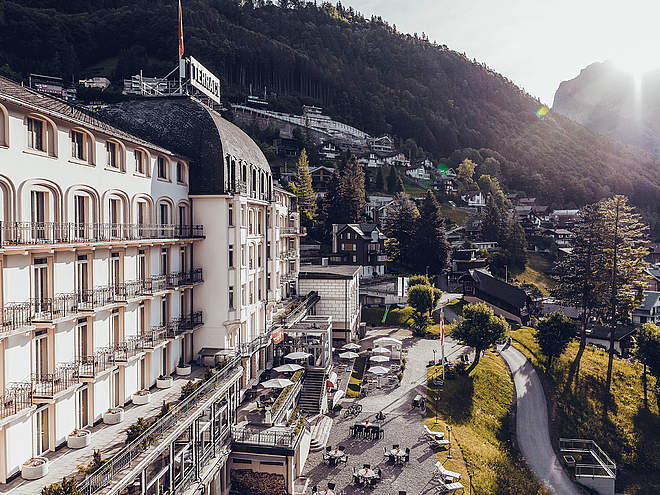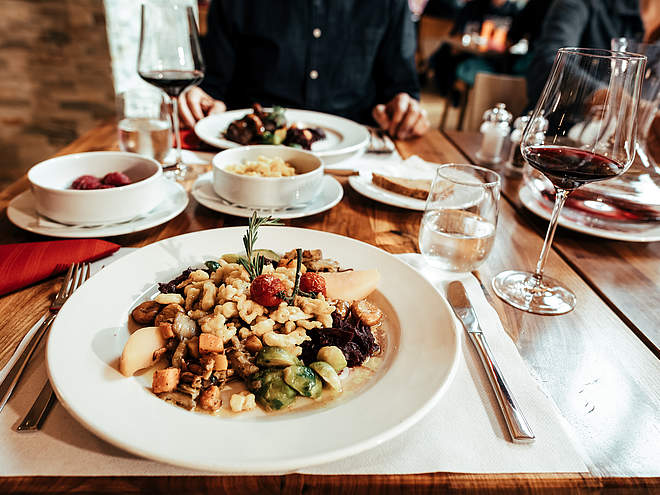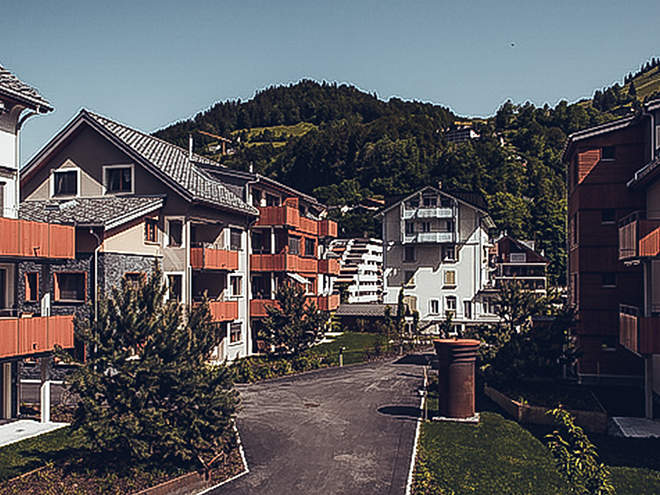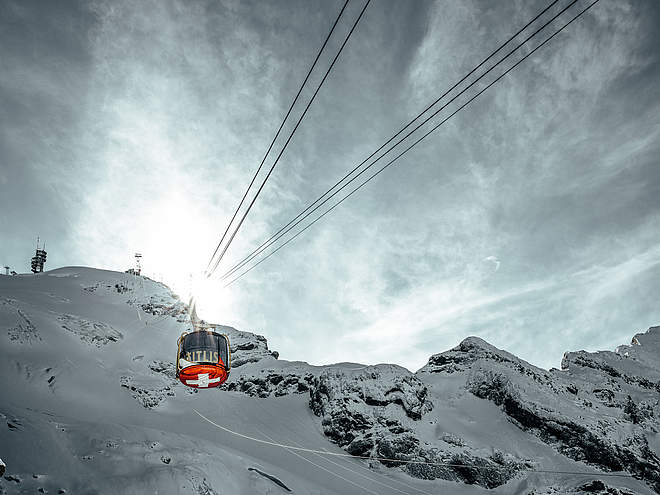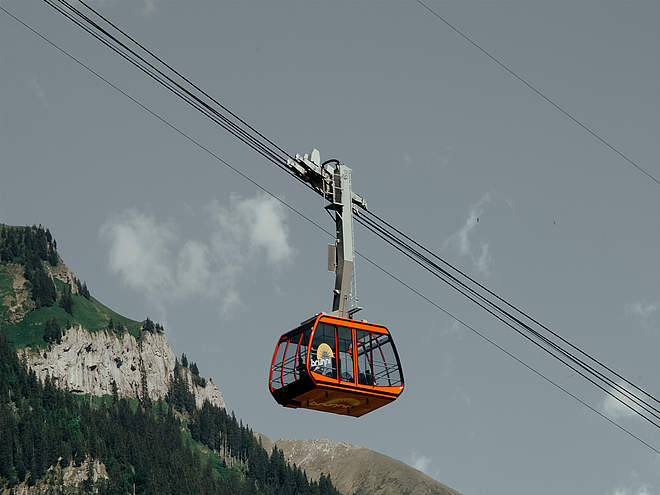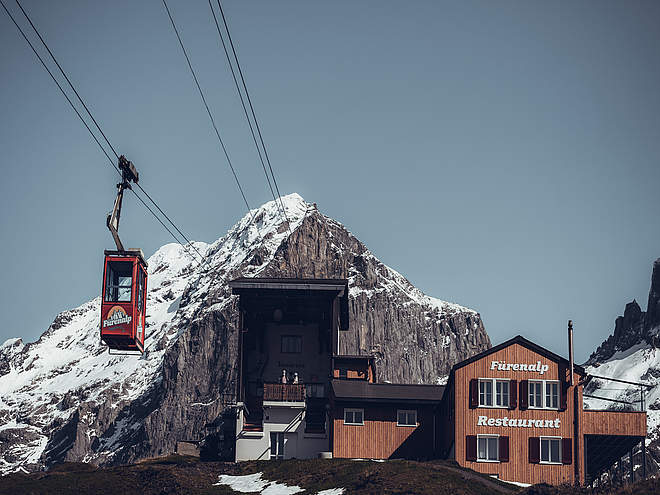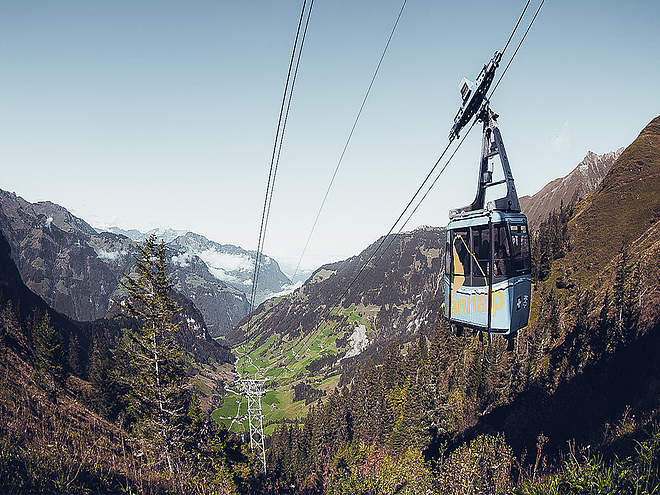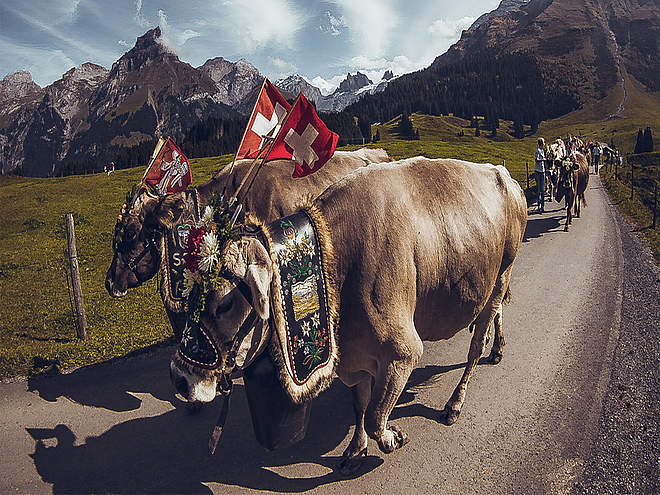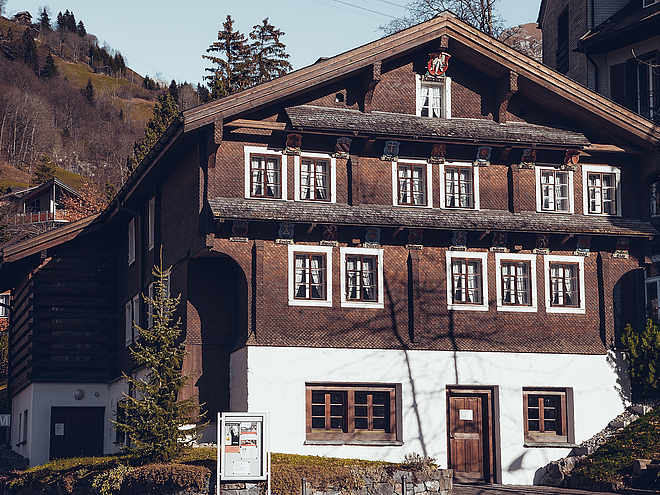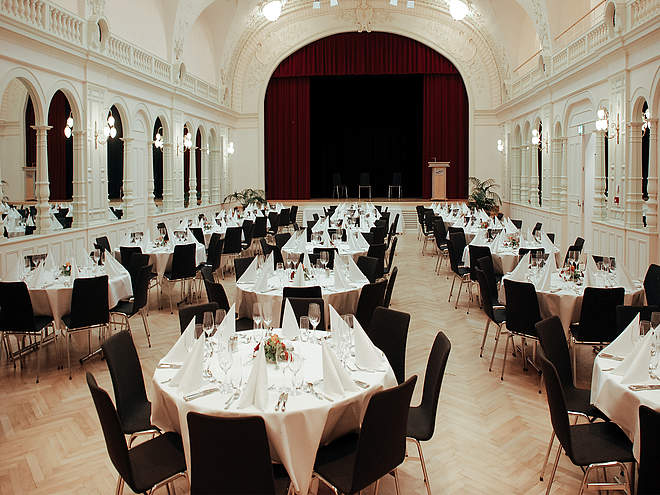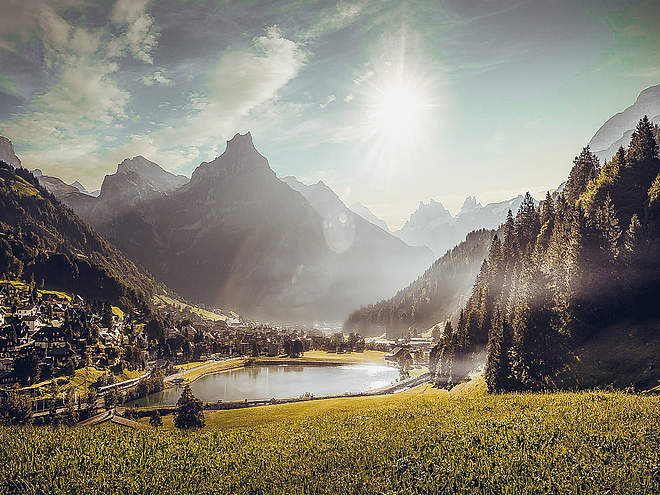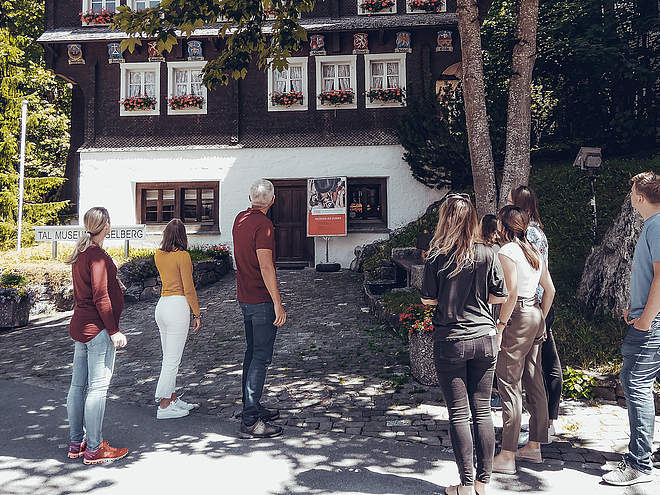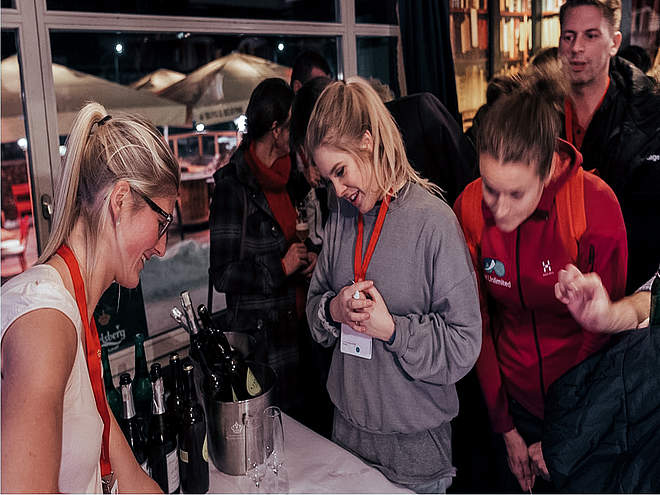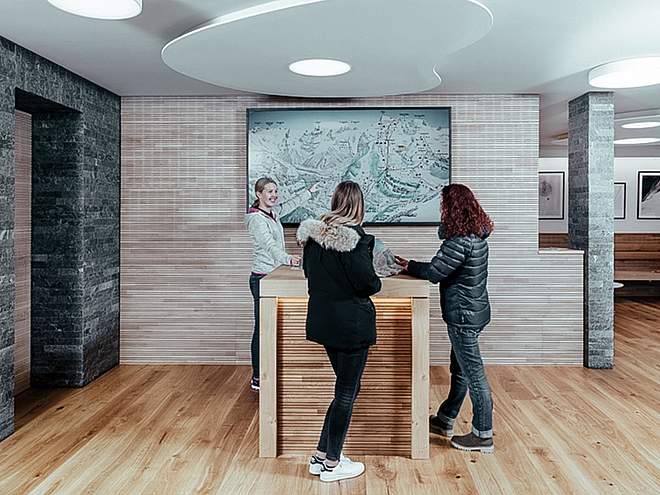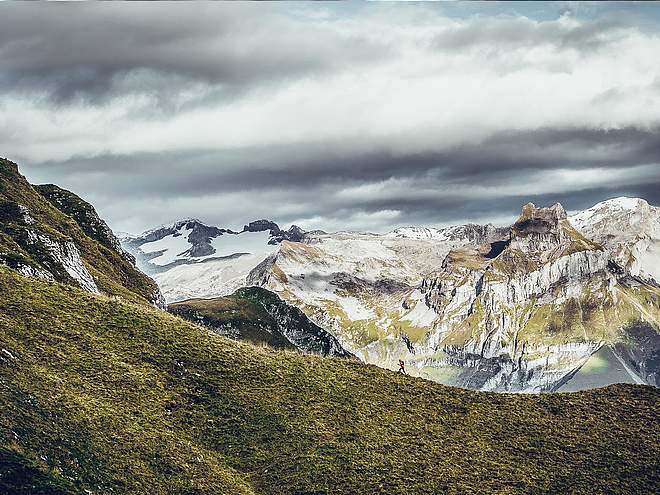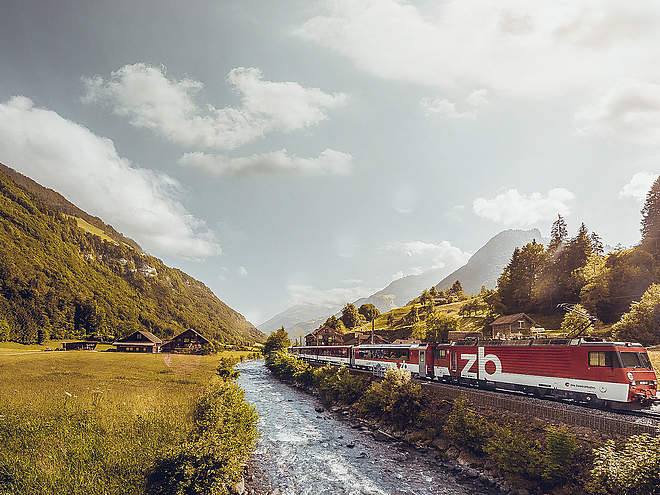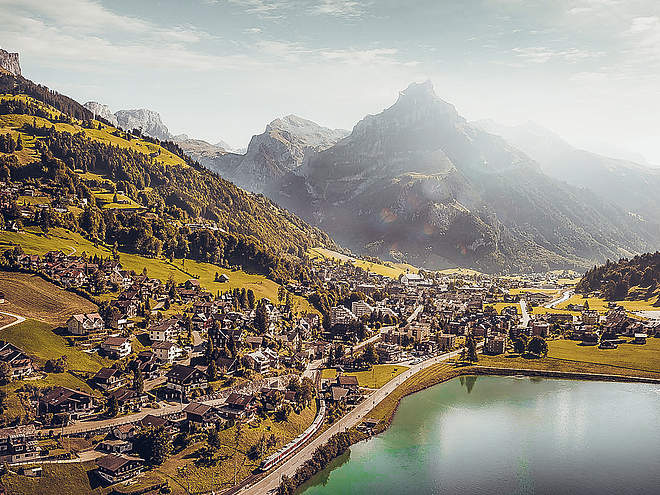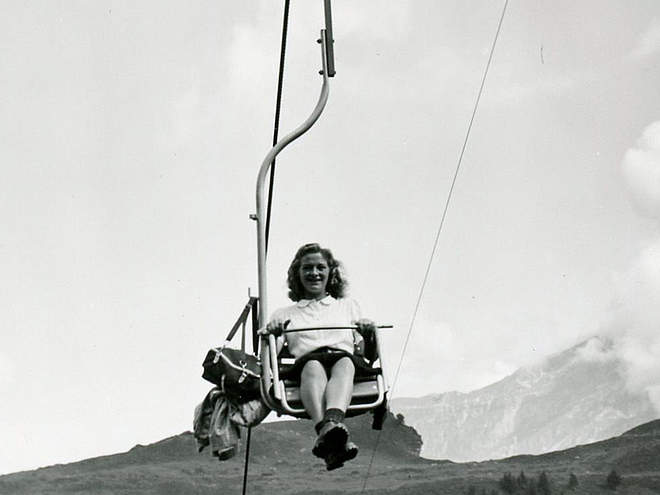Monastery wine
Allowing the young wine time to mature
When the Benedictine monastery of Engelberg acquired an almost three-hectare vineyard on Lake Biel a year and a half ago, it made headlines beyond the country's borders. After all, the monastery had owned a large vineyard on Lake Biel until 1433. The white wine delivered from Lake Biel for the first time in 585 years in June 2018 was very pleasing. Renowned wine critics such as Yves Beck and Gault-Millau gave the Chasselas produced by monastery winemaker Beat Burkhardt very high marks. And now the second generation of Engelberg monastery wine is maturing.
The harvest of the grapes in mid-September marked the beginning of an exciting time for monastery winemaker Beat Burkhardt. After all, the whole vinification process is very time-consuming and requires constant supervision and monitoring. Especially the first fermentation process of the grape must filled into tanks is very important for the later development of the wine and must not be done too quickly. After all, it is during this process that the future wine develops those aromatic substances that later give it its own character. For the winemaker, this is also a test of patience. He must now allow the wine the necessary time for the entire ripening process. In a second fermentation process, the malic acid contained in the wine is converted into the milder lactic acid. And again, patience is required from the winemaker. The young white wine now rests in steel tanks for the next three months, while the young red wine is bottled in wooden barrels and allowed to mature for a total of twelve months.
The first samples of the monastery's 2018 vintage wine were promising, both for the Chasselas and the Pinot Noir produced for the first time. However, it is also crucial now that the monastery winemaker allows the young wine enough time to mature. The year of the vine ends when the leaves fall and begins again in January with the pruning of the vine. The vintner then speaks of nurturing and caring for the vine so that a good yield can be achieved again in the new year. But for the time being, full attention is given to the whole ripening process of the new monastery wine. And the danger of it "evaporating" too much later during transport from Lake Biel to Engelberg, as was still common in the 15th century, is infinitesimal today.
Contact
Beat Christen
Beat Christen worked as an editor for a newspaper for almost two decades and is now responsible for coordinating the "900 Years of Engelberg Monastery" anniversary. He has a wide range of interests, is involved in many different areas in Engelberg and regularly publishes articles on a wide variety of topics.
Picture: Beat Christen

